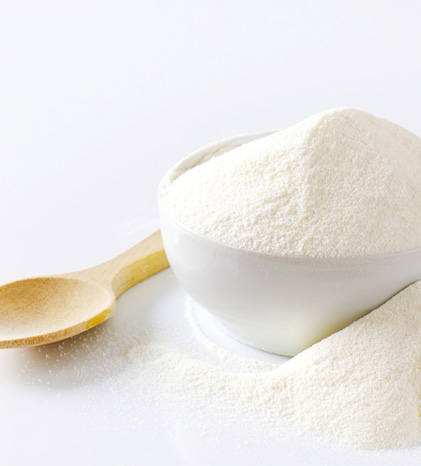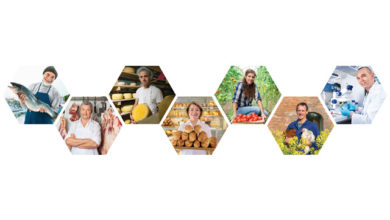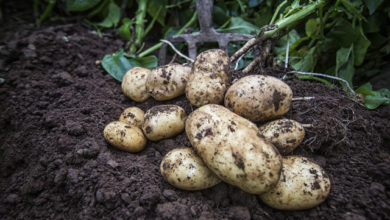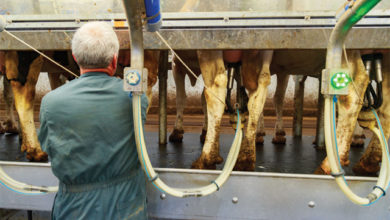Dairy sector now operating within four-year cycles
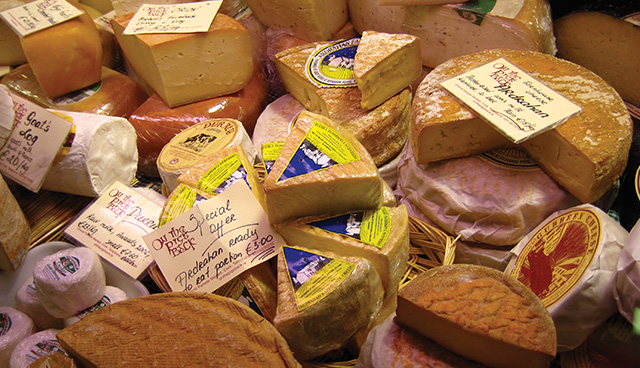
The international milk industry is now operating within business cycles that last between three to four years, according to Dairy UK’s Northern Ireland Director Mike Johnston.
“We are now heading for the downward part of the current phase,” he explains, “One of the complicating factors that will kick-in as we look to the future is superimposing the impact of the EU’s decision to abolish dairy quotas two years ago.”
Johnston points out that the overhang of EU milk powder intervention stocks is having a downward impact on market sentiment. Commenting on the future support mechanisms that might be available to the dairy sector, he cites the relevance of insurance-based schemes.
“This approach has been used in the United States, where the federal government has been actively involved. Insurance schemes give farmers the flexibility to agree the level of future cover which they feel their businesses will require.”
According to Johnston, working through the possible implications of Brexit is now a top priority for the milk processing sector.
“Getting to grips with volatility is another priority, but there is evidence to show that both processers and farmers are better placed to deal with volatility now than was the case a couple of years ago.”
Johnston adds that processers would be prepared to look at new producer pricing systems, including those which put more emphasis on milk components.
“This is a longer-term issue for consideration, given the critical importance of having effective Brexit strategies in place for the entire dairy industry.”
The Dairy UK representative confirms that putting in place all-island structures has been the direction of travel for the Irish dairy sector over recent years.
According to Dairy UK’S 2017 White Paper, ensuring the greatest possible continuity of existing, cross-border arrangements is particularly important for the dairy industry in Northern Ireland. This is because the sector is heavily reliant on exports to the European Union (EU), of both raw milk to the Republic of Ireland and sales of product to the rest of Europe.
In 2015, dairy exports from Northern Ireland to the rest of the island were estimated to be £154 million. This figure was second in market value only to Great Britain, representing approximately 15 per cent of total sales of Northern Ireland’s dairy industry. The value of exports from the Republic of Ireland to Northern Ireland during the same year was estimated at £61.6 million. However, the relationship between both dairy industries goes beyond just the volume and value of trade alone.
Dairy co-operatives in the Republic of Ireland own approximately 60 per cent of the processing capacity in Northern Ireland. According to Dairy UK analysts, it is essential that when the UK leaves the EU, two-way access is maintained between both parts of the island where raw milk, dairy products for further processing, and finished goods are maintained.
This ‘trade’ must be without tariffs and free from burdensome non-tariff administrative measures. A hard border would, therefore, be the least desirable option for the dairy industry. Failure to achieve a soft border will create uncertainty around the ability of the dairy industry in Northern Ireland to continue to operate as it does currently, and in a way that minimises cost and maximises efficiency, to the benefit of all its stakeholders.
Johnston states: “Over the last few decades, Northern Ireland and the Republic of Ireland have developed common practices to improve efficiency, maximise productivity and add value throughout the dairy supply chain. Through an ‘all-island’ value chain, dairy stakeholders in Northern Ireland and the Republic of Ireland work closely together and rely on the free movement of people, raw materials and finished goods.
“We have an efficient, well-oiled system that works and delivers benefits to all dairy stakeholders north and south of the border. Dairy companies are focusing on seizing every opportunity available, but the lingering uncertainty created by Brexit raises many concerns in terms of future investments and our ability to plan for the future.”
He adds: “Dairy exports to EU and non-EU countries are vital to our industry. Post-Brexit, we will need to be competitive not only with non-EU countries but also with our EU partners to gain access to new exports markets. We need a joined-up game plan between industry and government to identify, target and secure new markets for dairy exports. We have tremendous potential to grow and we will focus on fostering collaboration throughout the supply chain and with the Government and the Parliament to achieve our goals.”
Another major aspect of future relations with the EU will be the development of the UK’s independent agricultural policy outside the Common Agricultural Policy. Assuming a tariff free deal with the EU can be reached, the UK dairy sector will continue to have to compete with subsidised EU farmers.
Therefore, it will be important for UK dairy farmers to have a level playing field with their EU counterparts, by maintaining similar levels of public support. Support under the EU’s Common Agricultural Policy ensures that EU milk production is higher than would be the case without subsidies, which acts to reduce the overall level of EU prices. In this price environment, direct payments become central to the viability of UK dairy farming. Removing basic payments in the UK would therefore have a significant impact on the productive potential of the sector.
Johnston concludes: “Dairy UK has undertaken a detailed analysis of the impact of an agreement with the EU based on the EU’s World Trade Organisation, or WTO, tariff schedule on the dairy sector at both national and regional level. Dairy UK’s initial assessment of a WTO deal is that it would permanently suppress UK demand for dairy products to the benefit of substitute products.
“It would also severely reduce UK dairy exports, including those from Northern Ireland, while creating a growth opportunity for other milk producing countries.
“Imposition of the WTO schedule by the UK would make EU imports into the UK much more expensive. For instance, the price of cheddar from Ireland could rise from its average price over the past three years of around £2,600 per tonne to round £4,000 per tonne. The price of imported product would therefore rise dramatically. Demand for EU imports would fall whilst prices for domestic product would rise to a new market clearing equilibrium.
“Rising prices in the UK market would affect UK demand for dairy products. Consumers could reduce their consumption of dairy and seek out substitutes such as soya or other plant-based products. This would be a bad news story for the dairy sector in Northern Ireland.”


